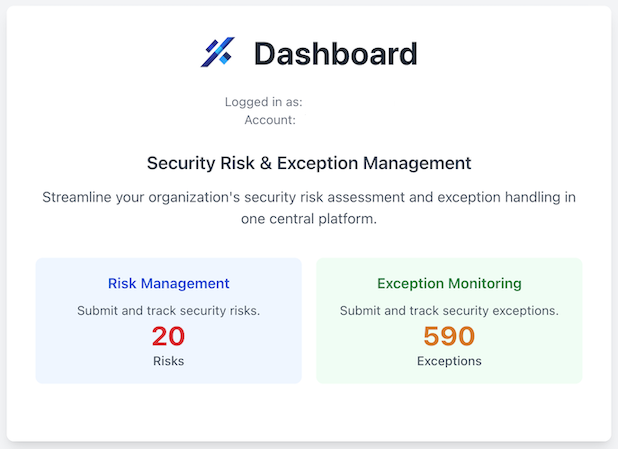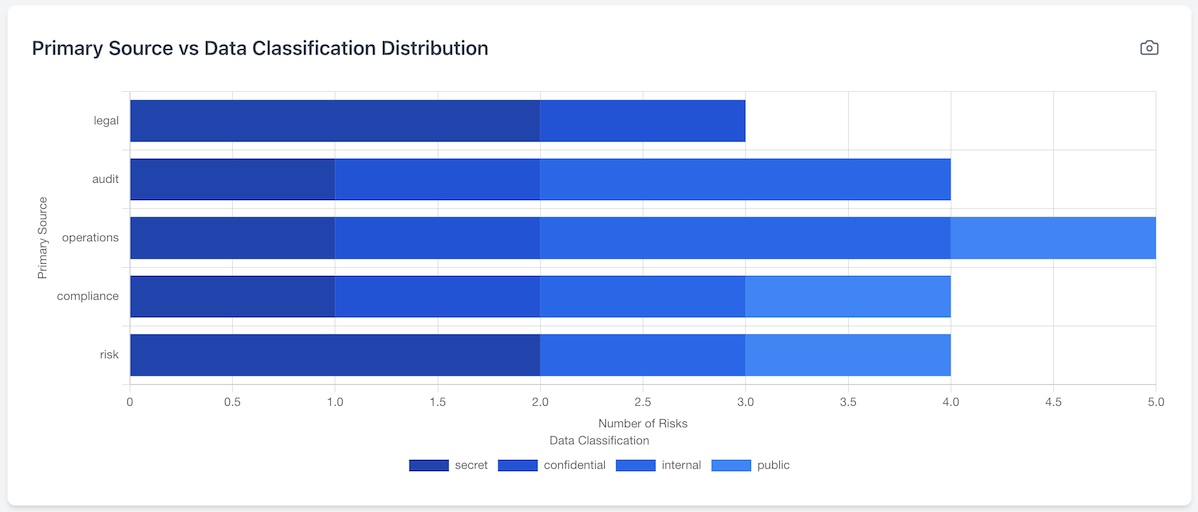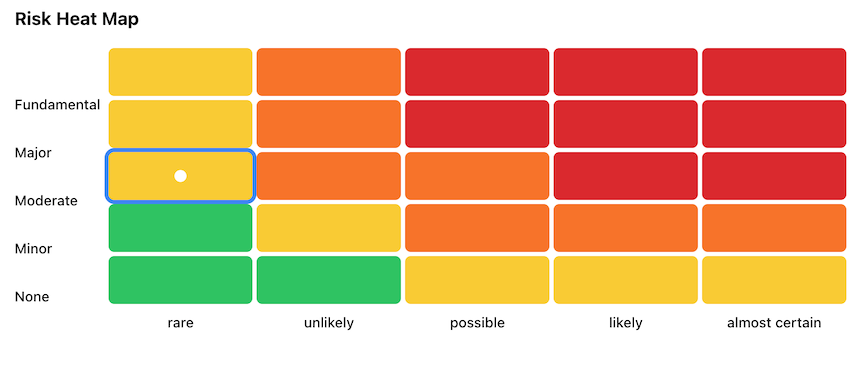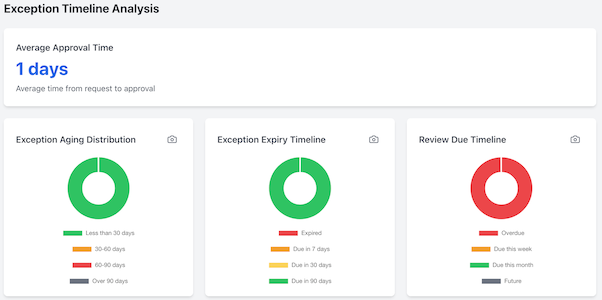
Strengthen your organization's security posture with our advanced risk assessment and exception management platform.
In today's complex digital landscape, managing security risks and exceptions across multiple systems has become increasingly challenging. That's where our Security Risk and Exception Manager comes in.
Empower Your Organization, Secure Your Future
- Centralize security assessments and streamline workflows
- Identify and mitigate security process gaps across your systems
- Track and manage unauthorized system usage
- Monitor and control sensitive data access
- Manage process exceptions and implementation deviations
- Standardize security protocols across your organization
- Gain visibility into high-risk systems and processes
- Improve organization-wide security communication

Prevent Costly Security Breaches
Security Risk and Exception Manager helps safeguard your organization against.
- Revenue loss
- Customer churn
- Legal and regulatory penalties
- Reputational damage
- Loss of trust and business opportunities
By leveraging Security Risk and Exception Manager, you're not just protecting your data – you're fostering a culture of continued security awareness and proactive security management. Embrace the power of Security Risk and Exception Manager with confidence, knowing that your digital assets are fortified against evolving threats.

CIO
Boost productivity across all applications and data while ensuring comprehensive protection of your business assets. Maintain governance and control over your systems while delivering a safer, smarter way to work.
CISO
Reduce your threat landscape and secure all systems, regardless of how your infrastructure evolves. Protect your business from internal and external threats, and defend against known cyberattack vectors while maintaining complete visibility and control.
IT and Security Teams
Simplify your security management with our unified platform, reducing the need for multiple tools. Streamline support tickets, incident responses, and security alerts, while accelerating system onboarding and access management processes.
Compliance Officer
Effectively mitigate cyber risks and safeguard both financial and business stability. Easily enforce international privacy laws and technology frameworks, while simplifying data protection and encryption governance across your enterprise.
DPO
Take control of data engagement throughout your organization with comprehensive security management. Our cost-effective solution strengthens identity security and drives data governance across your entire operation, ensuring smoother, more secure transitions.
Compliance
Security Risk and Exception Manager is designed to help organizations meet various compliance requirements across multiple frameworks. Our platform assists in achieving and maintaining compliance with:


By leveraging Security Risk and Exception Manager, organizations can streamline their compliance efforts, reduce audit complexity, and maintain a robust security posture across multiple regulatory frameworks.
